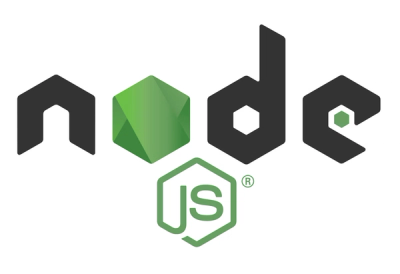
Security News
ECMAScript 2025 Finalized with Iterator Helpers, Set Methods, RegExp.escape, and More
ECMAScript 2025 introduces Iterator Helpers, Set methods, JSON modules, and more in its latest spec update approved by Ecma in June 2025.
![]()
httpyac CLI provides a command line interface to execute _.http and _.rest files. This can be used to quickly execute a single *.http file, but also to execute all files in a folder. httpyac supports HTTP, Rest, GraphQL, WebSocket und gRPC Requests
npm install -g httpyac
httpyac --version
or using docker
docker run -it -v ${PWD}:/data ghcr.io/anweber/httpyac:latest --version
> httpyac --help
Usage: httpyac [options] [command]
httpYac - Quickly and easily send REST, SOAP, GraphQL and gRPC requests
Options:
-V, --version output the version number
-h, --help display help for command
Commands:
oauth2 [options] generate oauth2 token
send [options] <fileName...> send/ execute http files
help [command] display help for command
> httpyac help send
Usage: httpyac send [options] <fileName...>
send/ execute http files
Arguments:
fileName path to file or glob pattern
Options:
-a, --all execute all http requests in a http file
--bail stops when a test case fails
-e, --env <env...> list of environments
--filter <filter> filter requests output (only-failed)
--insecure allow insecure server connections when using ssl
-i --interactive do not exit the program after request, go back to selection
--json use json output
--junit use junit xml output
-l, --line <line> line of the http requests
-n, --name <name> name of the http requests
--no-color disable color support
-o, --output <output> output format of response (short, body, headers, response, exchange, none)
--output-failed <output> output format of failed response (short, body, headers, response, exchange, none)
--raw prevent formatting of response body
--quiet
--repeat <count> repeat count for requests
--repeat-mode <mode> repeat mode: sequential, parallel (default)
--parallel <count> send parallel requests
-s, --silent log only request
-t, --tag <tag...> list of tags to execute
--timeout <timeout> maximum time allowed for connections
--var <variables...> list of variables
-v, --verbose make the operation more talkative
-h, --help display help for command
@user = doe
@password = 12345678
GET https://httpbin.org/basic-auth/{{user}}/{{password}}
Authorization: Basic {{user}} {{password}}
[6.16.7] (2025-03-30)
FAQs
HTTP/REST CLI Client for *.http files
The npm package httpyac receives a total of 6,937 weekly downloads. As such, httpyac popularity was classified as popular.
We found that httpyac demonstrated a healthy version release cadence and project activity because the last version was released less than a year ago. It has 1 open source maintainer collaborating on the project.
Did you know?

Socket for GitHub automatically highlights issues in each pull request and monitors the health of all your open source dependencies. Discover the contents of your packages and block harmful activity before you install or update your dependencies.

Security News
ECMAScript 2025 introduces Iterator Helpers, Set methods, JSON modules, and more in its latest spec update approved by Ecma in June 2025.

Security News
A new Node.js homepage button linking to paid support for EOL versions has sparked a heated discussion among contributors and the wider community.

Research
North Korean threat actors linked to the Contagious Interview campaign return with 35 new malicious npm packages using a stealthy multi-stage malware loader.